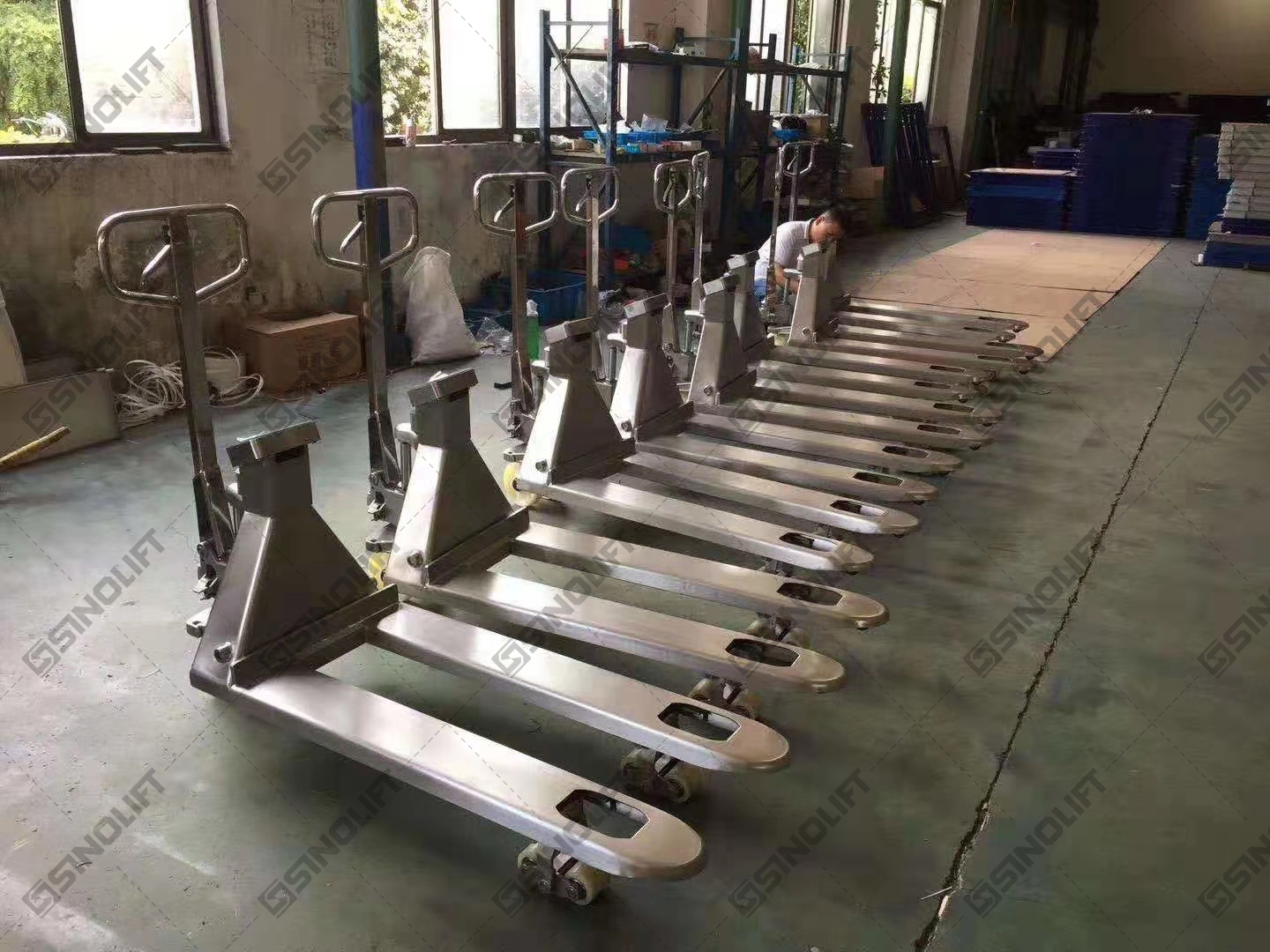Hot-Dip Galvanizing
The first and foremost method for galvanization is hot-dip galvanizing. The process is very similar to what the name suggests! In this method, steel or iron is dipped in a molten pool of zinc that maintains a temperature of around 860¡ãF (460 ¡ãC). This molten bath begins a metallurgical bond between the zinc and the receiving metal. After the metal is pulled from the bath, it reacts to being exposed to the atmosphere, and the pure zinc mixes with oxygen to form zinc oxide. The zinc-oxide further reacts to carbon dioxide and forms zinc carbonate, which makes up the final protective coating on the material. The tell-tale sign of a hot-dipped galvanized material is the presence of a crystalline-like pattern on the surface, sometimes referred to as ¡°spangle.¡±
The hot-dipped galvanizing method is an economical choice that can be quickly executed on both simple and complex shapes.
The new coated material can be worked and machined in a similar fashion to uncoated materials. Galvanized steel can be used in high-temperature applications up to 392 ¡ãF, but use in temperatures exceeding that level will cause the zinc-carbonate layer to peel off.
Galvannealing
Galvannealing is the outcome of combining the annealing and hot-dip galvanizing processes in order to produce a specialized coating on steel. The process of galvanization is performed via hot-dipping and instantaneous annealing, which produces a matte gray finish.
Galvannealed steel is a zinc-iron alloy product, where the base metal is coated by the hot-dip process, then heated to induce alloying between the molten zinc coating and the steel. The resulting finish is a dull matte surface. Galvannealed steel is conducive to welding and the surface is excellent for paint adhesion.
Pre-galvanizing
Also similar to the hot-dip galvanizing method, but performed at the very first stage of production. Pre-galvanizing is a process that involves rolling the sheet metal through a cleaning agent to quickly prime material for galvanizing. Then, the metal is passed through a pool of molten liquid zinc and is immediately recoiled. The primary advantage of this method is that coils of steel sheet can be rapidly galvanized on a large scale with a more unified coating than the traditional hot-dipped method.
Electrogalvanizing
The most unique of these outlined methods, electrogalvanizing does not involve dipping the material in a molten vat of zinc. Instead, an electric current is introduced to an electrolyte solution that is applied to the steel, which reduces positively charged zinc ions to zinc metal ¨C which is then deposited on the positively charged steel. Like pre-galvanizing, this method is typically done at the first stage of production.
Galvanizing advanced high-strength steel
For more information about the galvanization process for advanced high-strength steel, as well as our partner National Galvanizing

|  Business Line: 4007-166-180
Business Line: 4007-166-180 Tel£º+86 21 58003681
Tel£º+86 21 58003681 Fax£º+86 21 68014262
Fax£º+86 21 68014262 Website£ºhttp://www.sinoliftdrum.com
Website£ºhttp://www.sinoliftdrum.com Email£ºdrum@sinolift.com
Email£ºdrum@sinolift.com  Skype£ºsinolift
Skype£ºsinolift Business Line: 4007-166-180
Business Line: 4007-166-180 Tel£º+86 21 58003681
Tel£º+86 21 58003681 Fax£º+86 21 68014262
Fax£º+86 21 68014262 Website£ºhttp://www.sinoliftdrum.com
Website£ºhttp://www.sinoliftdrum.com Email£ºdrum@sinolift.com
Email£ºdrum@sinolift.com  Skype£ºsinolift
Skype£ºsinolift